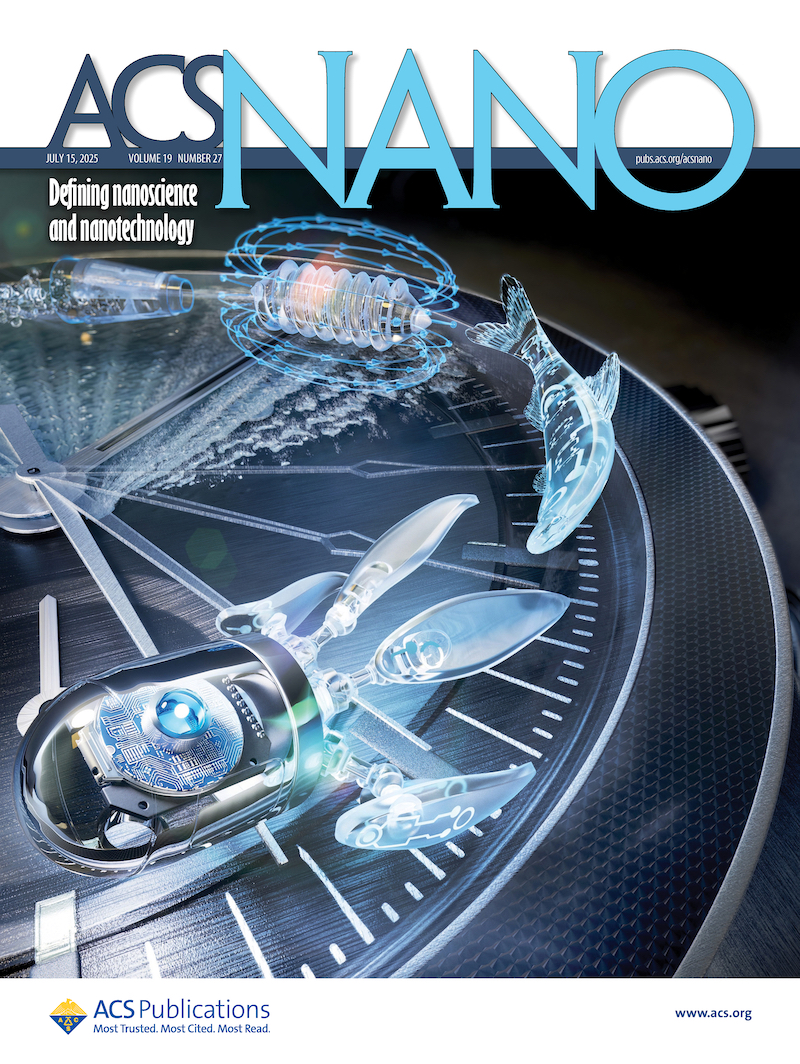Dr. Nourhani contributes to landmark global technology roadmap on micro/nanorobotics
 Micro/nanorobots have progressed from science fiction to real-world applications in biomedicine, environmental remediation, and sensing. UA faculty member, Dr. Amir Nourhani, is among 103 researchers worldwide contributing to an extensive MEGA review titled “Technology Roadmap of Micro/Nanorobots,” published in ACS Nano, a premier journal of the American Chemical Society. The paper spans 161 pages and cites more than 1,765 sources.
Micro/nanorobots have progressed from science fiction to real-world applications in biomedicine, environmental remediation, and sensing. UA faculty member, Dr. Amir Nourhani, is among 103 researchers worldwide contributing to an extensive MEGA review titled “Technology Roadmap of Micro/Nanorobots,” published in ACS Nano, a premier journal of the American Chemical Society. The paper spans 161 pages and cites more than 1,765 sources.
The result of over two years of global collaboration, this paper brings together leading research groups worldwide to provide a comprehensive overview of two decades of progress in micro/nanorobotics. It outlines the current state of the field, highlights key technological and theoretical challenges, and emphasizes the need for interdisciplinary collaboration — culminating in a roadmap to accelerate development and position micro/nanorobots as essential tools for tackling grand challenges and improving quality of life.
 “Micro- and nanorobots are no longer science fiction,” said Nourhani, associate professor of mechanical engineering with a joint appointment in the Department of Biology and the Biomimicry Research and Innovation Center (BRIC). “We now have the foundation and insight to engineer robots at the smallest scales to help solve some of the world’s most pressing biomedical and environmental challenges.”
“Micro- and nanorobots are no longer science fiction,” said Nourhani, associate professor of mechanical engineering with a joint appointment in the Department of Biology and the Biomimicry Research and Innovation Center (BRIC). “We now have the foundation and insight to engineer robots at the smallest scales to help solve some of the world’s most pressing biomedical and environmental challenges.”
Nourhani has been active in the field of micro/nanorobotics since 2009. He has developed several foundational theoretical frameworks, including kinematic matrix theory, self-consistent nonlocal feedback theory, phoresis kernel theory, and extrapolation theory for Stokes flow, alongside extensive collaborations with experimentalists. His NSF CAREER award research focuses on biomimetic swarms of microrobots, with potential applications in targeted drug delivery and advanced therapeutic interventions.
The full review is available online.
Media contact: Cristine Boyd, 330-687-9269, media@uakron.edu
